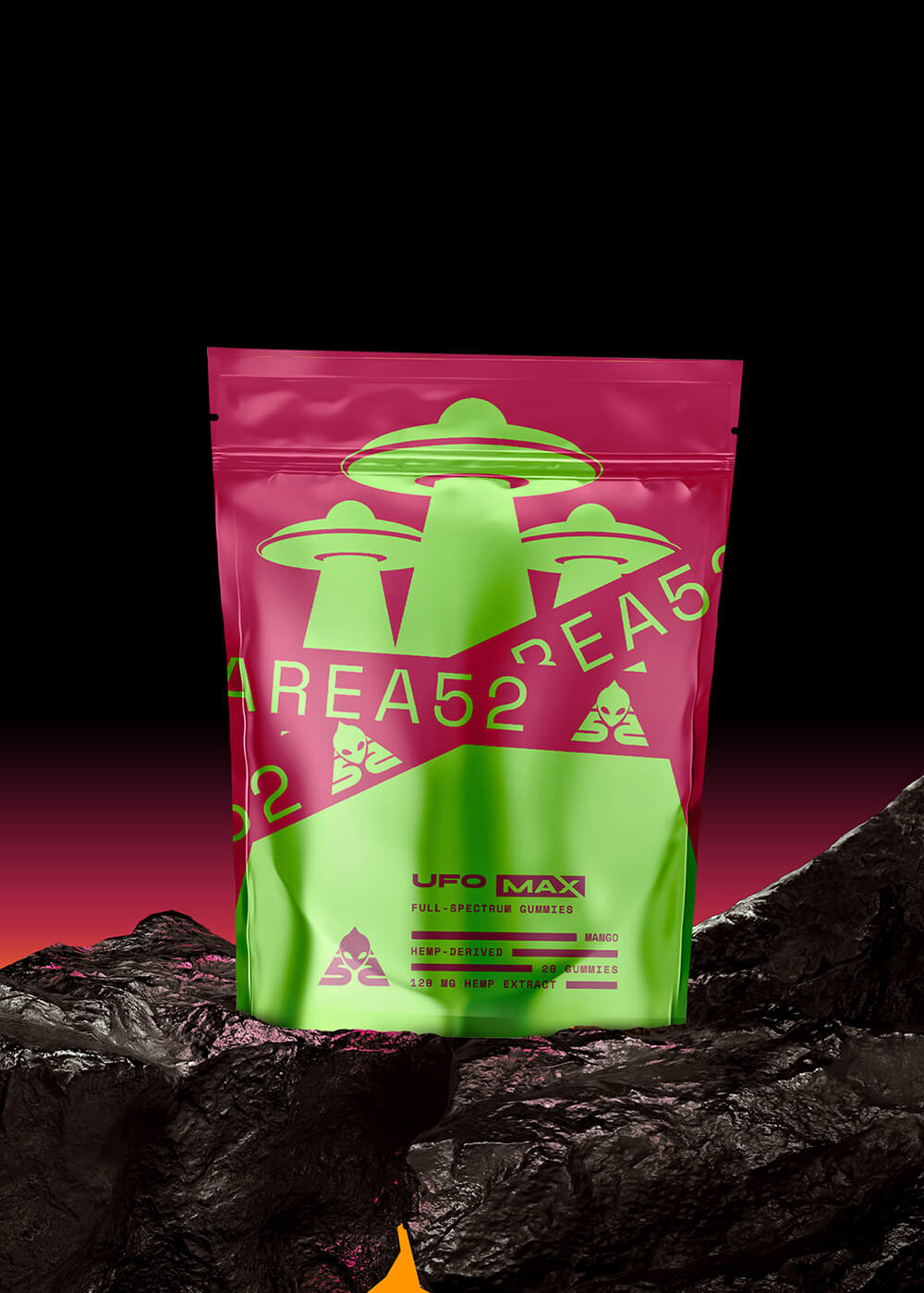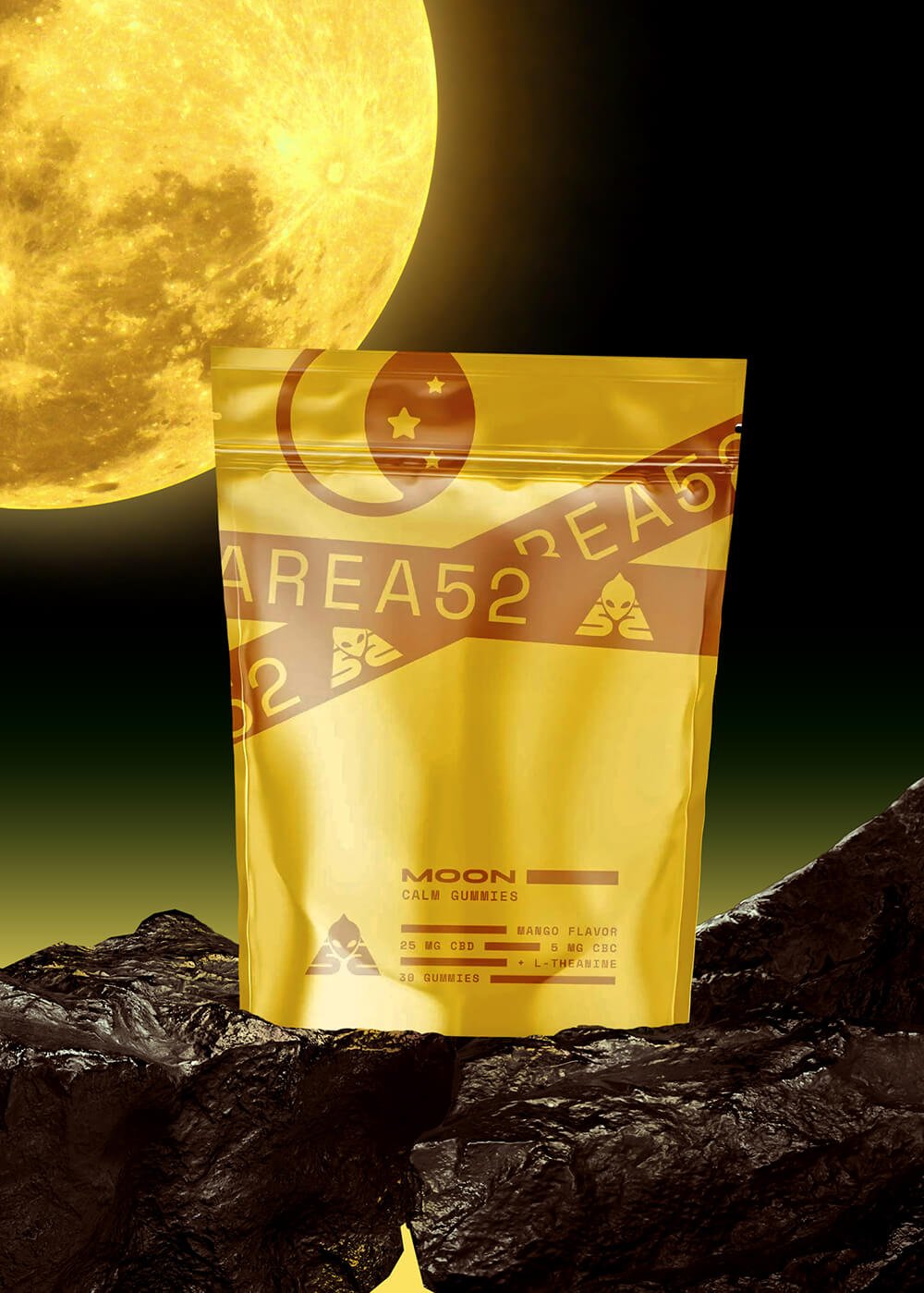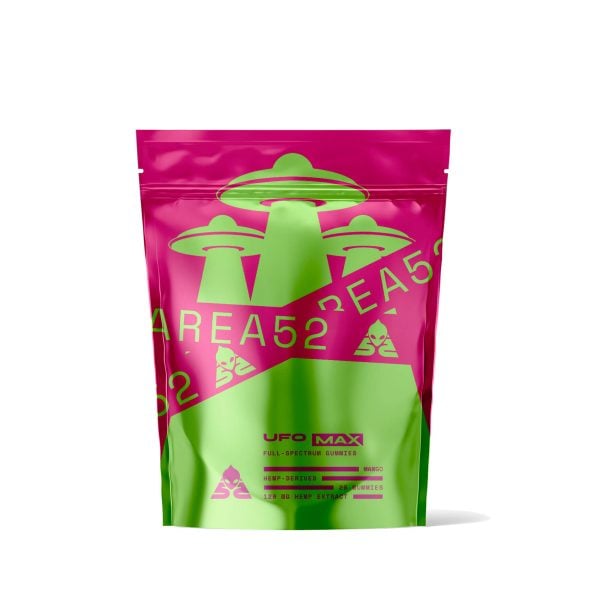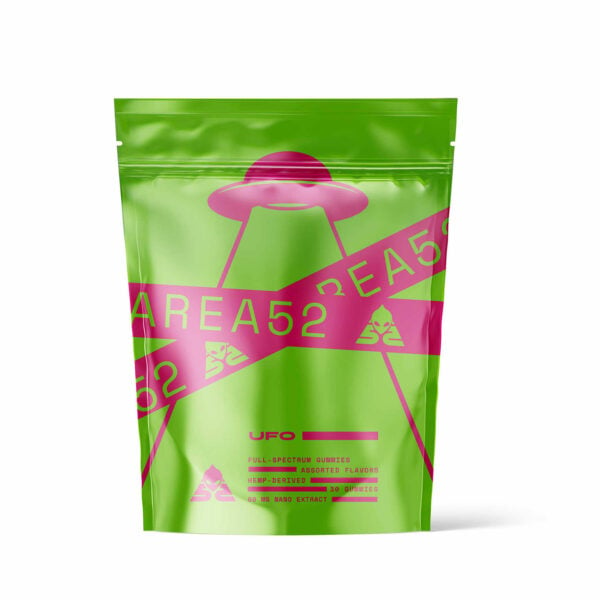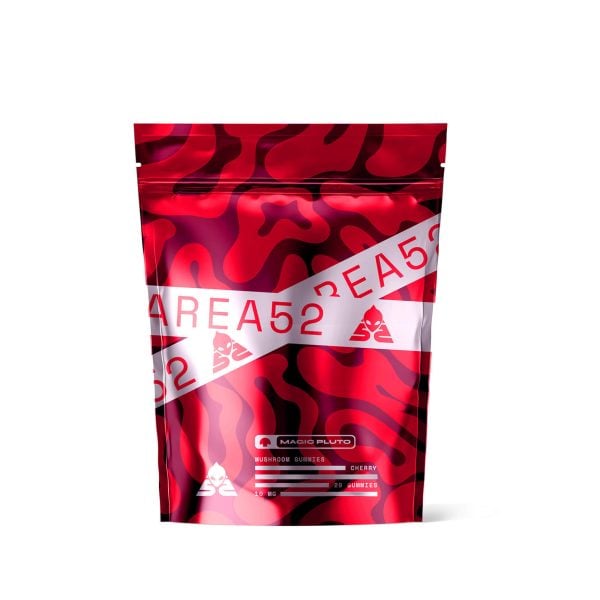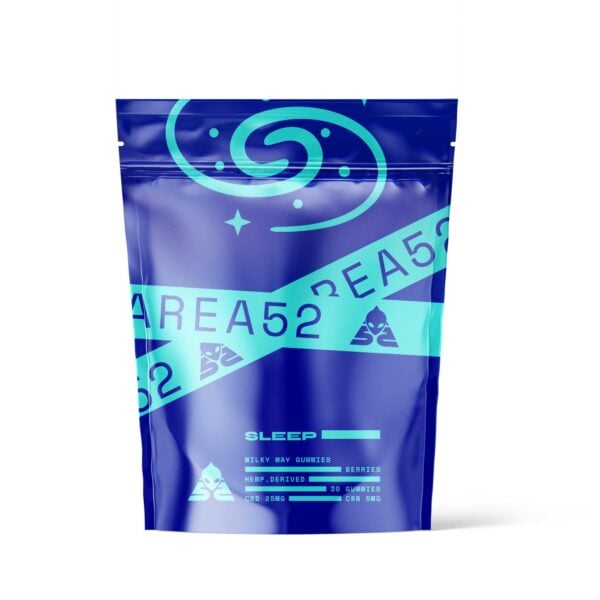Best Cannabinoids for Staying Productive At Work

How does the cannabis plant — specifically marijuana — affect productivity? The answer might seem obvious; after all, for many people, it spawns an image of “the lazy weed user.”
But as marijuana becomes legalized in more places, new research shows us these longstanding assumptions may not show the whole picture. While cannabis misuse can negatively impact people’s work ethic, that’s only a slice of the other variables at play.
Let’s look at those different variables such as the cannabis consumption method and personal habits and you may see a different picture in the story of cannabis and productivity.
Can Cannabinoids Really Affect Productivity?

In many ways, the cannabinoids you absorb from cannabis use, such as when smoking weed, can improve a person’s productivity and enhance creativity. Numerous factors come into play, though. Marijuana use can be a double-edged sword as its misuse can impair a person’s ability to do tasks.
Carl Sagan noted in an essay he wrote about cannabis that the substance has varying effects on people. For him, it improved his “torpid sensibilities.” He wrote it helped his appreciation of art, and in one anecdote, Sagan recounted a tale about how cannabis led him on an escapade of ideas and writing.
For us, it may seem like Sagan had it easy dreaming up new ideas, but understanding productivity also demands understanding the smaller things that go into making us productive.
Does Cannabis Affect Our Productivity?
People struggle with productivity for many reasons. For some, it may be a habit ingrained in them from childhood. Others may struggle with a balanced lifestyle; some may deal with physical distractions. It can also stem from a person’s skill and even overall life and job satisfaction. Ultimately, productivity comes down to more than just the tasks in front of a person.
For example, when recreational marijuana was legalized in certain parts of the U.S. and Canada, one study showed productivity rates in older generations actually went up. Participation in the workforce among people aged 40-62 increased.
Another study found using cannabis after work did not have a measurable effect on people’s productivity the next day, going against the suggestion that cannabis users are inherently lazy. One employee of a marijuana clinic told Fortune Magazine that people often use low doses of THC, typically around 2.5-10 milligrams when they are looking for a more balanced state.
Finding Your Zen
How one consumes cannabis and the products they use are critical factors when it comes to productivity and that so-called “balanced state.”
Some cannabinoids, such as THCP, THC-O, and CBN, tend to work against you if you’re trying to be busy.
Research exploring cannabis as a boon to productivity is in its early stages, but cannabis consumers across the web have recited anecdotes about their own positive experiences, may they be heavy cannabis users or simply those who occasionally enjoy low dose cannabis.
The best way to find out what works for you is to take it slow. Start with a very small dose and slowly increase over time. This will set you up for success in finding a balanced spot. Ultimately, everyone is different, and taking a slow approach ensures finding the right response.
Higher doses of THC tend to negatively affect productivity, though. Moreover, productivity and creativity can be stunted by consistent misuse or overuse of cannabis products. Overdosing is unheard of, but it’s best to start slow to avoid unwanted side effects.
Tapping Into Creativity
After working your way up and finding a sweet spot that works for you, you might be less distracted and have more out-of-the-box ideas. Behind that is cannabis and its possible effects on the ability to form new thoughts.
The concept of convergent and divergent thinking is linked to our semantic memory, which is the bulk of knowledge we’ve collected throughout life. Think about how many capital cities you can name, how many songs you can recite from your childhood, or how well you can balance a math equation — that’s your semantic memory in action.
One study published in the National Library of Medicine seems to link the familiar experience of cannabis to the concept of semantic memory, the function of our brain that remembers the knowledge we gain throughout our lives.
The study tested 36 people under the influence of marijuana and then again when they were sober. The study also tested 38 control subjects, sober throughout. They were quizzed on how well they recall things from their semantic memory and what connections they were making with other topics.
The study found that those tested after consuming marijuana could help connect concepts and ideas that otherwise seem unconnected.
This type of thinking is known as divergent thinking. Think back to those capital cities and math equations: what is the first thing that comes to mind when you think of your capital city? If images of streets, neighbors’ homes, and grade school halls come to mind, that’s more in line with convergent thinking.
However, if the thought of your capital city brings spurious thoughts of ballet dancers from another century, or if the thought of your landlocked capital prompts wonders of pirates and sea passage, your thinking may be more in line with a divergent model of thought. Think back to Sagan’s essays and his own series of writings brought on by cannabinoids.
When we prompt ourselves to use divergent thinking with cannabis or cannabinoids, we can make connections between concepts that are not otherwise immediately obvious.
How To Be More Productive
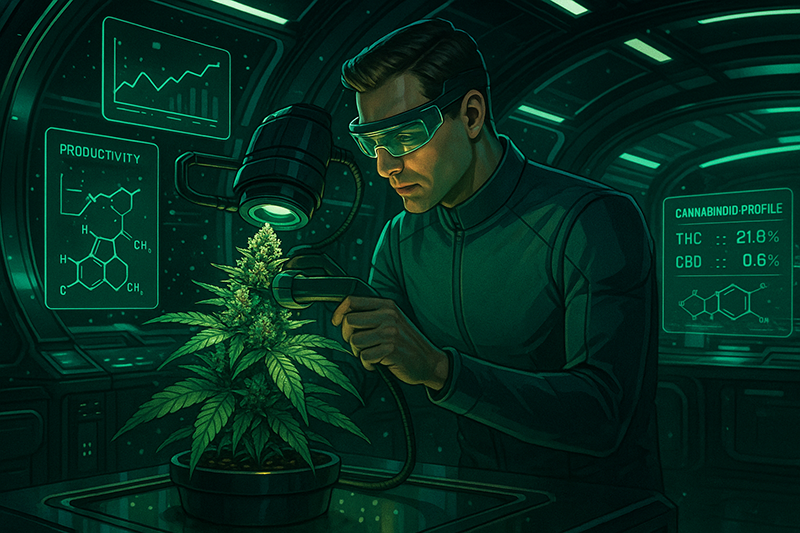
Improving productivity or creativity isn’t a catch-all. It also comes with knowing the structures and modes of creativity and thinking.
One key process to being productive is giving yourself space to be creative and promoting the creative process. This can promote divergent thinking in much the same way cannabinoids affect us.
Previous research shows the creative process commonly comes in four steps:
1. Preparation
Preparing yourself to be creative means giving yourself the time, space, and resources to enter a state of creativity. This means collecting everything you can regarding the task at hand, making yourself knowledgeable, and reading up on a topic. Preparation comes down to immersing yourself in what you seek to know: music, movies, anything.
2. Incubation
The next step is incubation. This is the part of the process when ideas start to circulate and form. After having watched dozens of movies, read numerous articles, or listened to all the new albums, you may find yourself with feelings of inspiration. There may be a few spurious connections or concepts you want to explore — but the ideas aren’t ready yet. They need to stew a bit and be explored further.
Putting yourself in a space to analyze and really ponder your end goals can lead to the next step in the creative process.
3. Illumination
Illumination serves as the moment in the creative process commonly called the “Eureka” moment. Illumination can be like chasing a white rabbit for some, especially when exploring complex topics. Using and understanding the creative process can push us toward the moment we solve a problem or perfect an idea. The moment can come suddenly, and it can come at any time.
We can use divergent thinking to lead us to that “Eureka” moment, and cannabinoids can be a critical part of it. Keep track of the process by capturing the moment, recognizing when you have a great idea, and marking it down.
4. Verification & Integration
Next comes the verification and integration phase of the creative process. Admittedly, not every idea is perfect at first. But when we start to crack parts of the code in the illumination phase, we start to piece together ideas into concepts that can be applied to our end goals.
Scripting a movie or composing a symphony takes repetition and diligence toward the creative process. It then requires taking a critical eye at our ideas, verifying their worthiness, and analyzing how they fit into the bigger picture.
Where Cannabinoids Come Into the Process
Knowing how to phrase a sentence, play a chord, or integrate knowledge into a project comes as the creative process is repeated and ideas are harnessed. Eventually, chords become songs, and words become speeches.
Cannabinoids can come into multiple parts of the creative process. At the forefront are preparation and incubation. Finding and nurturing new ideas can be a surprisingly difficult task. Taking new perspectives on ideas you’ve already heard or framing issues in new ways can lend a hand in forming your own ideas and solutions.
Cannabinoids ultimately can help us with the divergent thinking part of the creative process, leading to more great ideas we can act on. The more creative concepts we can form and harness through divergent thinking for our end goals, the better.
Drawbacks for Productivity
Promoting divergent thinking with cannabinoids can have drawbacks for other forms of productivity. Some tasks require convergent thinking, and cannabis can detract from it. Tasks that call for convergent thinking include multiple-choice tests, science experiments, and tasks with a quantitative or specific answer.
Creativity can be great for problem-solving, art, and ideas; however, when our brains need to focus on coding highly complex algorithms or a multiple-choice test, we need to use the part of our brain typically less associated with creativity.
Best Cannabinoids for Productivity
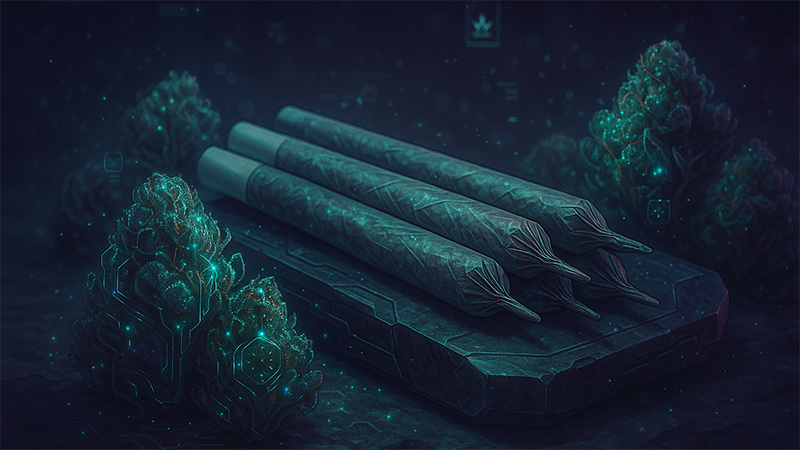
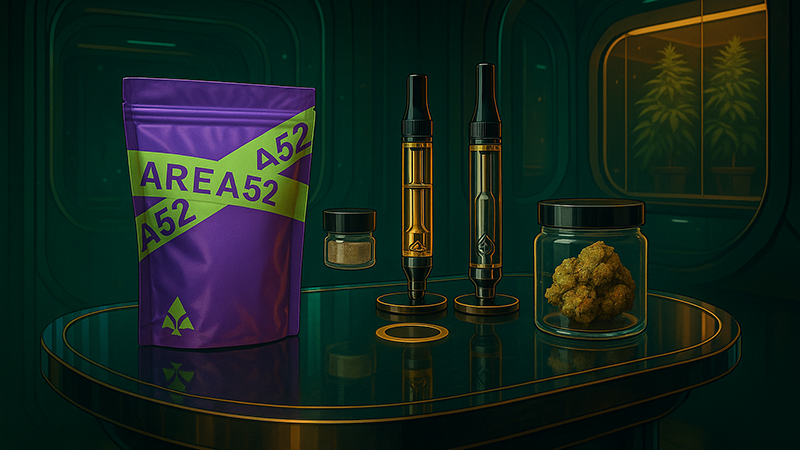
Ready to try cannabinoids for productivity? Here’s where to start.
1. Delta 8 THC
Delta 8 THC is similar to delta 9 THC but provides a calmer effect. It’s perfect for those that find marijuana too potent or don’t have legal access to it. The only problem — don’t take too much, or you’ll end up lethargic.
We suggest sticking to about 10–15 mg of D8 for this effect. That works out to around half of one of our delta 8 THC gummies.
2. Delta 9 THC
Delta 9 THC is the cannabinoid in marijuana that causes the high. It’s great for new ideas but can be overwhelming, so it’s best to stick with even lower doses if you want to be productive instead of couch-locked.
Check out our Full-Spectrum UFO Gummies to give this a try yourself. Start with one gummy and go from there.
3. Delta 10 THC
Here’s another isomer of delta 9, meaning they’re alike in many ways. However, delta 10 tends to be more open and divergent. Delta 8 and 9 are more relaxing and introspective.
Start with 10 mg first and note how it makes you feel.
4. CBG
CBG can stimulate the adrenergic receptors, making it cause a boost similar to coffee, though weaker. Unlike those previously mentioned, CBG won’t cause a high and is unlikely to make you sleepy if you take too much.
Our Mars Delta 8 Energy Gummies are a great way to take CBG (and other cannabinoids) for this effect.
5. CBD
CBD is one of the more researched and acclaimed hemp products widely available on today’s market. This compound doesn’t exert as much of a noticeable effect as the other cannabinoids and is entirely non-psychoactive.
6. HHC
HHC, or hexahydrocannabinol, is one of the lesser-known cannabinoids, but it is certainly one of the more unique ones. People associate a more “cerebral” feeling with its use, but there are few studies on it.
It was developed and patented in 1947 by Roger Adams but only recently jumped in popularity. Its effects are similar to delta 9 in higher doses but more like delta 8 in lower doses. You’ll most likely find HHC vape carts, which makes it easy to start with very low doses.
7. THCV
The molecular structure of this cannabinoid sets itself apart with unique effects compared to other cannabinoids. While it can cause some effects similar to delta 9, it’s less intoxicating overall, and some people claim it makes them feel sharper. The common dose range is 15-20 mg.
Best Cannabis Strains for Productivity and Creativity
The right strain can also increase productivity and creativity, especially one that contains a terpene profile consisting of pinene, terpinolene, and limonene, compounds known to boost cognitive function. These strains are usually sativa strains and sativa dominant hybrid strains, which include but are not limited to:
- Durban Poison
- Sour Diesel
- Jack Herrer
- Green Crack
- Super Silver Haze
- Sour Breath
- White Durban
- L’Orange
- Lemon Skunk
- Strawberry Cough
In addition to boosting productivity, they also help promote better mental health by lowering stress and easing pain, including chronic pain.
Tips On How to Be More Productive
Being productive means much more than just creating or doing something. While we may be very adept at whatever we do — computer programming, welding, graphic design, painting — actually convincing ourselves to do those things can be a different story.
Striving toward productivity also means incorporating healthy habits and practices into our daily life.
1. Know What You’re Working For
When you’re struggling with being productive, it can help to take a step back and remember everything that you are working toward. To that end, having goals can keep us in line with being our best selves.
2. Break Big Goals Into Smaller Goals
Draft up or imagine some of the bigger picture goals you are working toward. What is required to make it up that hill? Break your goal down into the smallest thing you can do right now that will put you in the direction of your goal: earning money, applying for a job, starting a project, finishing homework, or maybe researching your next painting.
3. Keep Track of Accomplishments
It’s best to reflect on your goals and accomplishments every once in a while. Keeping a journal or record of your progress can prove useful for adjusting your approach, but it can also be a great morale boost to see how far you have come when you get discouraged.
4. Take Care of Your Health
Staying in good working order is naturally an important step. Simple things like keeping a healthy diet, working out and staying active, and staying hydrated go the furthest toward staying productive. Taking care of yourself is the first key to productivity. Put your health first, and you’ll be poised for productivity.
5. Take a Break
Take a walk, have a snack, step outside for a moment and take a deep breath. Give yourself the room to forget whatever issues you have at bay, even for a few minutes. This can work wonders for staying on task when you need to. When you can, let yourself get off task. Let your mind wander when you walk around the neighborhood; give yourself space to relax.
6. Don’t Overthink, Just Start
Many may struggle with figuring out the “first step” in their goals. There may be a picture-perfect image in your head of what you want to be, but you have no clue how to get there. Instead of being paralyzed by the choices, opt to act. Just do the first thing you can do that will further your goals, even if it’s small. That small action will build momentum and take you to the next step.
7. Prioritize Sleep
Focusing on getting a good night’s sleep is, hands down, the most underrated thing you can do to improve your ability to be productive and creative during the day. Sleep is extremely important for optimal brain function. Losing just one hour of sleep each night has a noticeable impact on our ability to stay focused, enter productive flow states, and process memories, which can affect overall life satisfaction.
Note: These tips aren’t for cannabis users alone, but for non cannabis users as well.
Check out our Neptune Sleep Gummies to leverage the power of CBN and CBD each night.
Key Takeaways: Can Cannabinoids Help Me Be More Productive?
Overall, and when approached responsibly, cannabinoids can help one feel more creative. Studies show their use can spark the parts of our brain associated with creating new ideas and connecting concepts in new ways.
In the end, it takes some individual experimentation to find that sweet spot in managing our thoughts and productivity.
FAQs on Cannabinoids for Productivity and Creativity
Want to learn more about the benefits of cannabinoids on productivity and creativity? Then check out our short list of the most commonly asked questions about the topic.
1. What are the Health Benefits of Cannabinoids?
Cannabinoids offer various physical and mental health benefits. They can help boost appetite and promote better sleep. You’ll also benefit from improved mood and energy levels. Cannabinoids also promote relaxation, reduce stress, increase focus, and ease chronic pain.
2. Which Cannabinoid is Best for Focus?
The best cannabinoid for improved focus is CBD. It calms the mind and promotes alertness. THC, at low doses, also stimulates the mind and may help boost focus. However, higher doses induce opposite effects.
3. Which Cannabinoid is Best for Energy?
Cannabinoids best for energy include CBD since it promotes alertness and wakefulness, delta 10 THC since it has an energizing and uplifting effect, and CBG since it has coffee-like properties.
4. Is CBD Good for Productivity?
Yes. CBD is good for productivity. It can help with stress, anxiety, pain, and sleep, and it also promotes wakefulness and alertness when taken in the morning. All these effects clear your mind and allow you to focus more on your tasks, increasing productivity.
5. Is CBD a Performance Enhancer?
Yes. CBD improves physical performance in many ways. It eases stress and pain, so you can focus on your exercise regimen, for example. CBD also helps with the post-exercise recovery process and eases muscle soreness and swelling. Additionally, CBD helps promote better sleep, which also aids in the recovery process.
References
- Morgan, C. J., Rothwell, E., Atkinson, H., Mason, O., & Curran, H. V. (2010). Hyper-priming in cannabis users: A naturalistic study of the effects of cannabis on semantic memory function. Psychiatry Research, 176(2-3), 213-218. [1]
- Cascio, M. G., Gauson, L. A., Stevenson, L. A., Ross, R. A., & Pertwee, R. G. (2010). Evidence that the plant cannabinoid cannabigerol is a highly potent α2‐adrenoceptor agonist and moderately potent 5HT1A receptor antagonist. British journal of pharmacology, 159(1), 129-141. [2]
- Khan, Z. P., Ferguson, C. N., & Jones, R. M. (1999). Alpha‐2 and imidazoline receptor agonists. Their pharmacology and therapeutic role. Anaesthesia, 54(2), 146-165. [3]
- Tourette’s Syndrome Study Group. (2002). Treatment of ADHD in children with tics: a randomized controlled trial. Neurology, 58(4), 527-536. [4]
- Blessing, E. M., Steenkamp, M. M., Manzanares, J., & Marmar, C. R. (2015). Cannabidiol as a potential treatment for anxiety disorders. Neurotherapeutics, 12(4), 825-836. [5]
